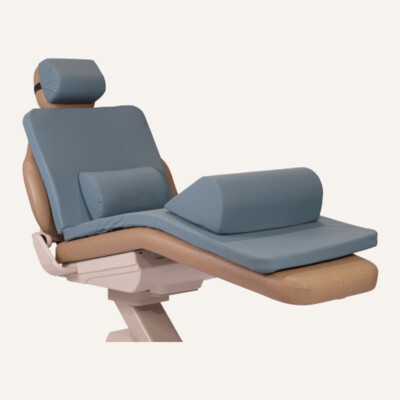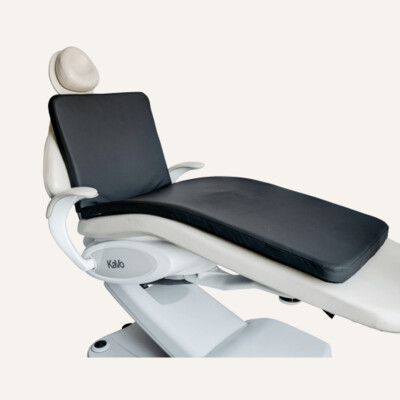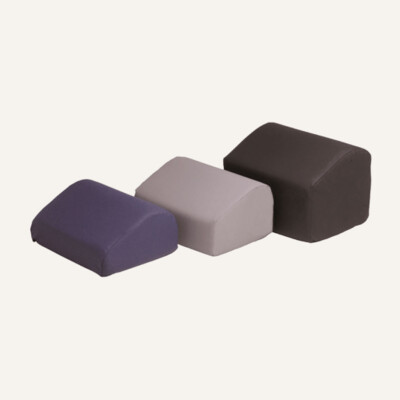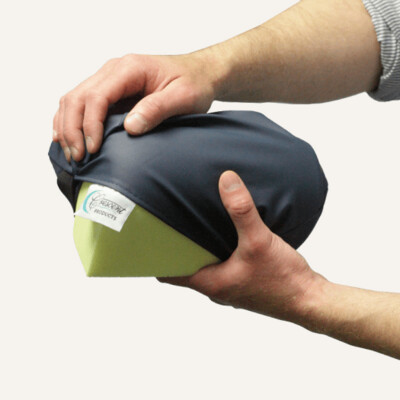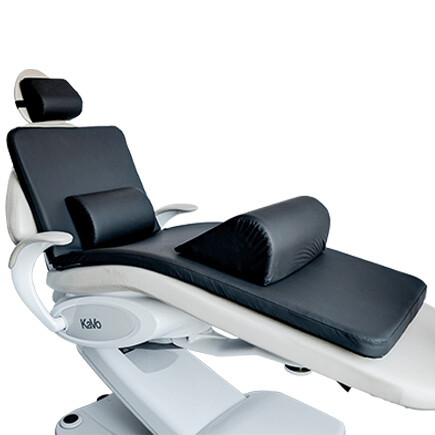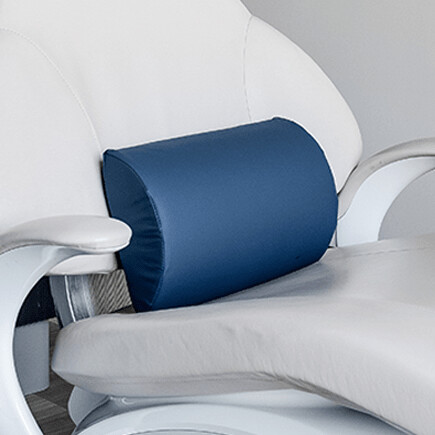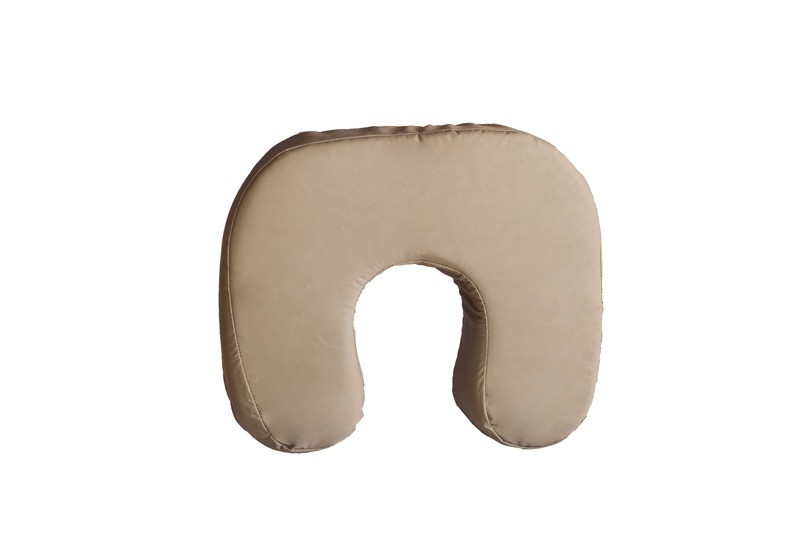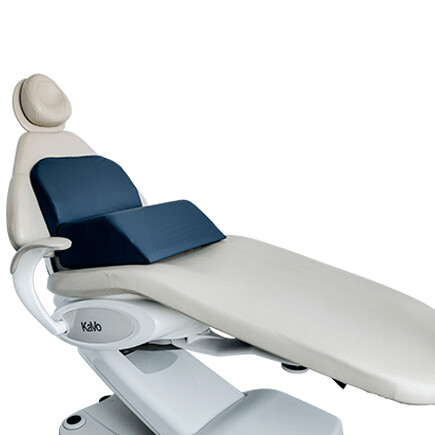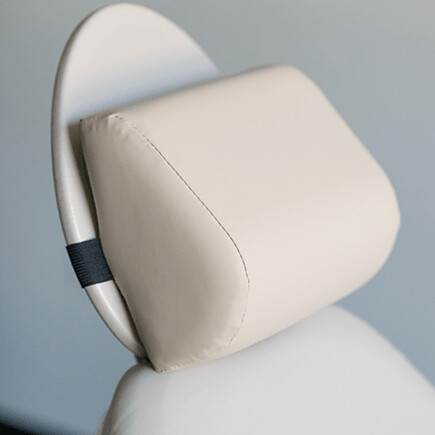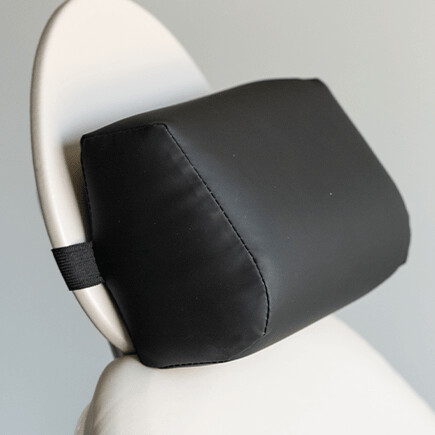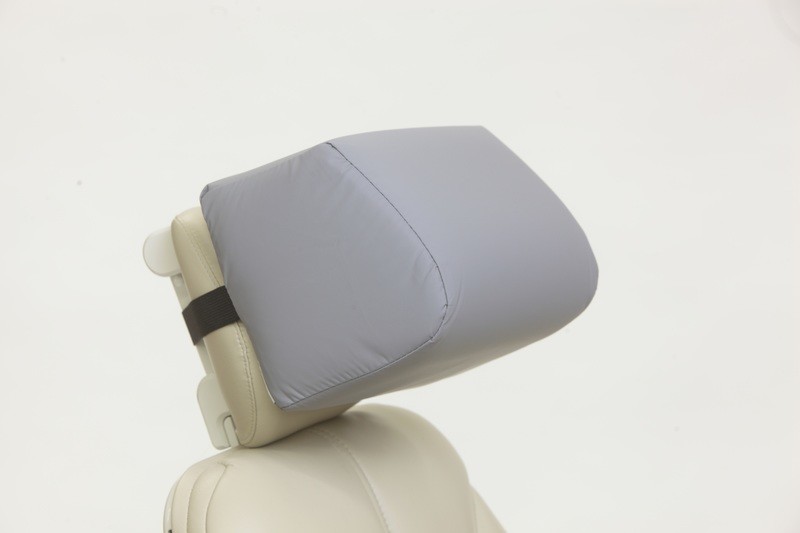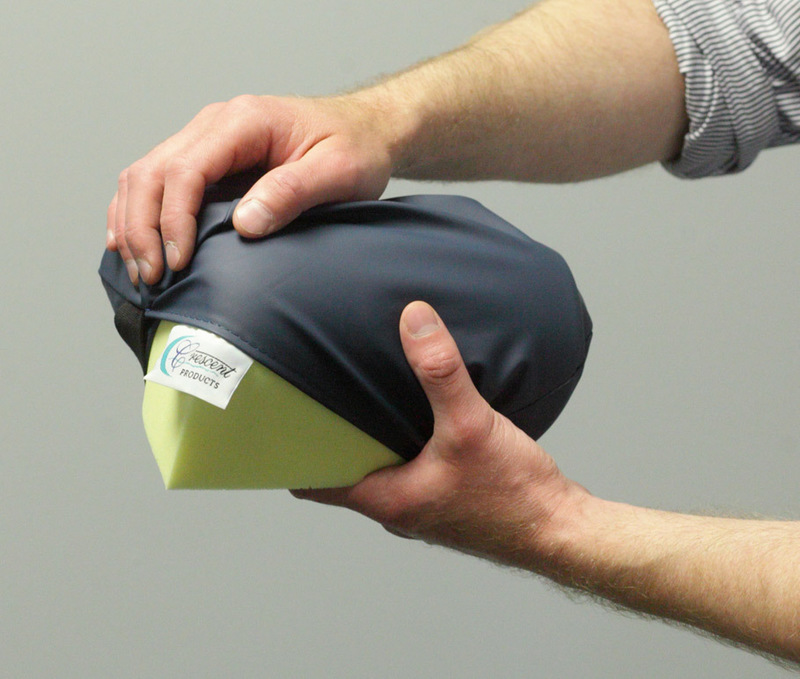How to Treat More Comfortably as a Dental Hygienist
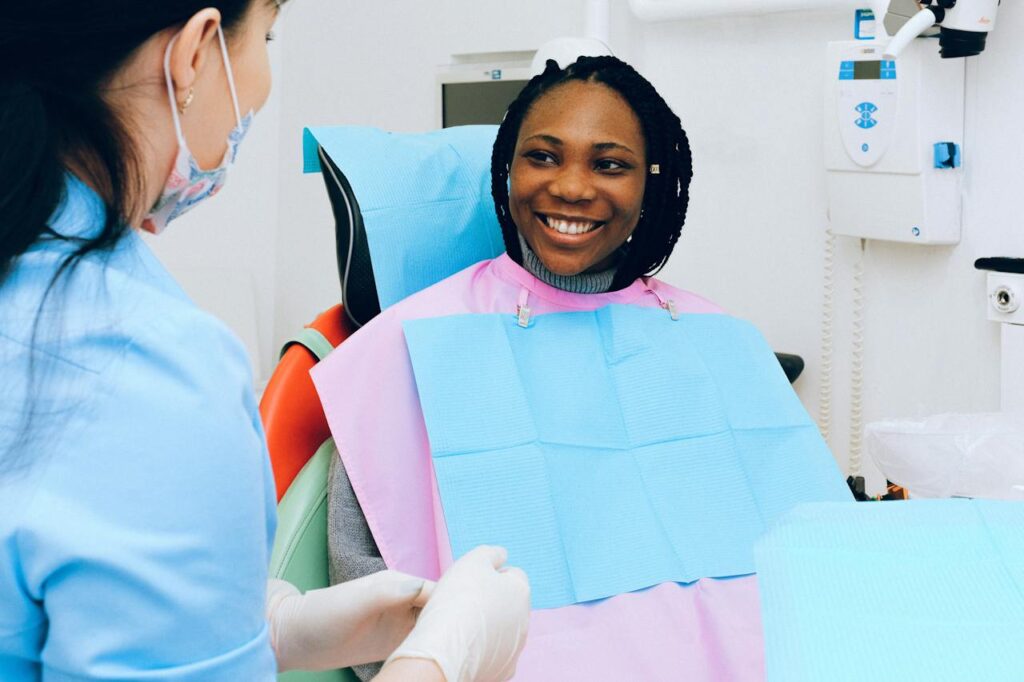
Dental hygienists help patients stay comfortable while working on their oral health. However, the job demands top-notch physical fitness because they spend most of their time hunched over performing repetitive treatments on their patients. That’s why embracing healthy ergonomics and prioritizing comfort helps prevent injury or strain.
How can you work more comfortably as a dental hygienist? Here are some of the tips that can help you reduce pain and discomfort as you work.
1. Utilize Ergonomic Tools
One of the best ways to enjoy your career is to use ergonomic tools to reduce discomfort and strain on your back, neck, wrist, and hand while working. These tools include adjustable chairs, instrument handles with cushioned grips, and comfortable and lightweight handpieces.
Invest in tools that allow you to stand or sit while working, including high quality dental stools and dental carts with movable trays or adjustable tools. Always lift the patient’s chair high enough to enable you work comfortably with your back straight, keeping the spine in a neutral position.
2. Improve Your Posture While Attending to a Patient
Proper posture is the cornerstone of a dental hygienist’s comfort while attending to a patient. Remember to keep your back straight and avoid hunching or slouching over. Your hands should remain relaxed at your sides with elbows slightly bent and your feet flat on the floor. Adjust the patient’s chair and keep the equipment accessible to avoid straining to reach them.
You should also adjust the light source to prevent shadows from forming on the patient’s mouth because you’ll keep leaning awkwardly to see appropriately. It’ll also prevent you from stretching your arms to adjust the light, which can strain the neck and the shoulders.
3. Take Breaks and Stretches to Strengthen Muscles
Most dental hygienists move around swiftly from one task to another, but it’s advisable to be slow to prevent straining their bodies. These movements can easily damage muscles, nerves, and tendons. Take regular breaks and stretch your body throughout the day, especially if serving many patients. A five-minute break after every hour can significantly reduce fatigue and strain on your body.
Perform stretches targeting your wrists, neck, shoulders, and lower back to prevent musculoskeletal disorders, which could lead to injury or chronic pain. Consider varying your tasks between standing and sitting to avoid repetitive movements.
4. Use Intraoral Cameras and Dental Loupes
Dental loupes are magnifying glasses that dental hygienists attach to their headbands or eyeglasses. They facilitate better visualization during oral procedures by enlarging the patient’s mouth. The improved visibility helps them maintain a more relaxed posture, reducing back and neck strains. Furthermore, loupes enhance precision and accuracy during treatment, improving patient outcomes.
Dental loupes differ from ordinary eyeglasses because they’re customized to fit your eyesight depending on the working distance. Consult an optometrist to help you get the best loupes. On the other hand, an intraoral camera allows a dental hygienist to see detailed images of the patient’s mouth without straining their neck or bending their body. They are very reliable when treating patients with small mouths and limited mobility.
5. Position the Patient Properly
Proper patient positioning determines the comfort of the client and the dentist. The patient should sit comfortably with the headrest a few inches above the shoulders to help you work without straining. However, you may request that the patient lean backward and adjust their positions for maximum comfort.
Incorporating dental chair headrests can help hygienists position patients properly, enabling them to work more ergonomically and comfortably. These adjustable headrests not only support the patient’s head securely, facilitating optimal positioning, they also allow hygienists to access the oral cavity with greater ease. By providing proper head support, dental headrests contribute to a more relaxed patient posture, reducing potential discomfort during dental procedures. This, in turn, allows hygienists to work more efficiently and with enhanced precision, as they can maintain a natural and ergonomic posture throughout the appointment.
The comfort benefits of a well-designed dental chair headrest are twofold—not only does it prioritize the comfort of the patient, but it also fosters a work environment where dental hygienists can perform their duties with minimized physical strain, promoting long-term occupational health and overall job satisfaction.
6. Invest in Supportive Footwear
You must have supportive footwear because you spend most of the time standing. Find shoes with good arch support, cushioned insoles, and shock-absorbing soles to reduce straining your feet and legs. Avoid wearing flat-soled and high heels because they’re uncomfortable and could damage your posture.
7. Go for Massages
Regular massages can relieve strain and tension in your body. Add massage into your daily routine to reduce pain or comfort caused by repetitive movement and relax sore muscles. Focus on the areas affected mainly by dental hygiene work, including hands, lower back, net, and shoulders. You may also embrace self-massaging techniques using a massage ball or a foam roller to reduce fatigue and muscle tension.
Treat comfortably with dental chair accessories. Shop online at Crescent Products today!
